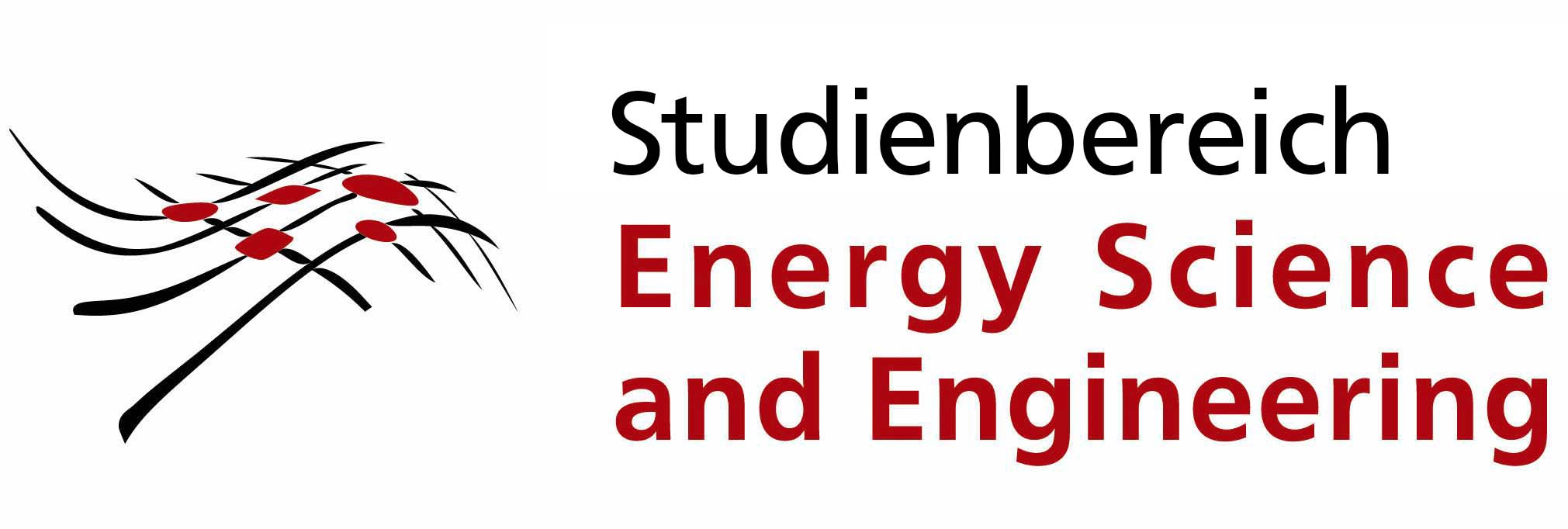Motivation
In the past, Germany’s electricity was mainly produced in large power plants located close to the main consumers in urban areas. Nowadays electrical power systems (and energy distribution systems in general) are facing one of the largest technological changes ever. Due to the increasing renewable energy percentage in the energy mix, large amounts of electrical energy have to be transported over long distances. Large offshore wind parks in the North Sea are more efficient than wind farms in southern Germany, where many of the densely populated areas with high electricity consumption are located.
With an “electricity highway”, an optimised transmission grid which can efficiently and reliably transport the electrical energy over long distances, it is much easier to balance electricity generation and demand than relying on regional grids. Less wind farms and solar plants need to be installed to ensure a reliable sustainable power supply.
However, building new transmission lines is often difficult due to opposition from citizens in the affected areas. Underground cables could be an alternative to overhead lines. Today’s AC technology, though, is not suited for an efficient long-distance transmission underground. Therefore, new technologies have to be developed in order to secure our future energy supply.
Research
• Developing technological components, systems and operating strategies for an efficient power transmission (AC and DC);
• Developing concepts for stabilising the electrical power system supplied by an increasing amount of renewable energy from volatile, decentralised sources, facing new consumers such as electric mobility and electricity-based heat supply for the building sector;
• Optimising the energy management so that operating resources are used more efficiently and economically.




